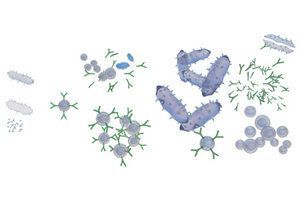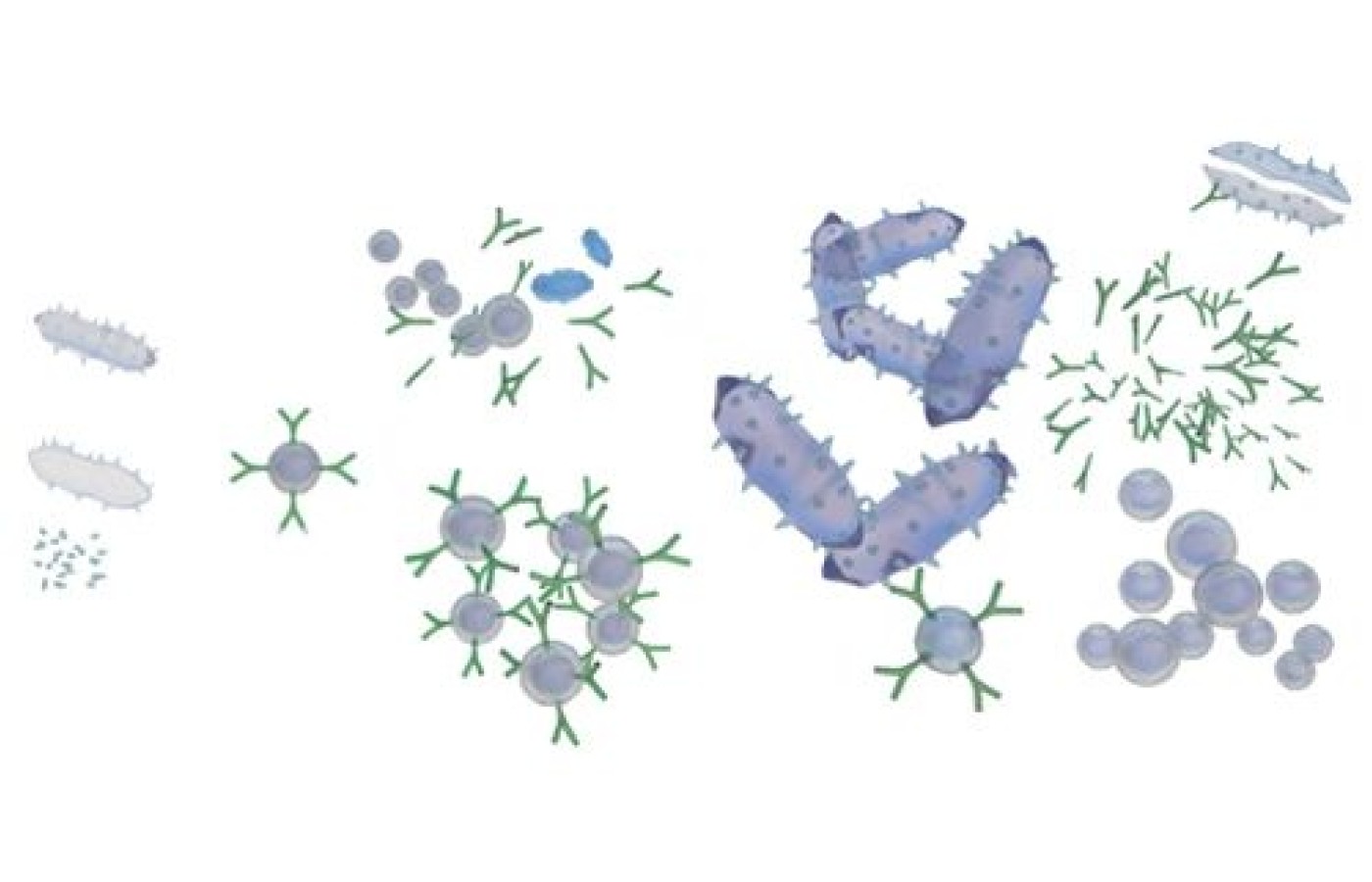People today want convenience, whether it be from their bank, credit card, favorite retail store, or restaurant. They demand it from the companies who hold their loyalty, including their health care providers (you). They don’t want to call and possibly be put on hold, and they want to use an app or schedule an appointment on your website. Here are three reasons your practice can gain by switching to online appointment scheduling.
Autoimmune Simplified
The National Institutes of Health (NIH) lists more than 80 common autoimmune diseases including asthma, Crohn's disease, Guillain-Barré syndrome, multiple sclerosis, myasthenia gravis, psoriasis, rheumatoid arthritis, and lupus. According to the American Autoimmune Related Disease Association (AARDA), autoimmune diseases can affect up to 50 million Americans. With such a staggering list of autoimmune diseases, it's more than likely that you are seeing patients with their immune system constantly in a state of being challenged.
Autoimmune conditions are something most patients don't understand. They've read or heard about it in the news. Sadly, they may believe it's just a case of bad luck that it happened to them or a loved one. However, that is not the case. An autoimmune response is a process happening in the body as a way for the body to protect itself. Contrary to what mainstream medicine says, when autoimmune responses occur, the body is actually functioning properly.
Every organ in the human body consists of millions of cells that carry the genetic code for a specific organ tissue. These protein cell tissues should only be contained in organ membrane. The process of autoimmune response starts with the necrotic (dead) cells overwhelming the reticuloendothelial system, causing the dead cells containing genetic materials from that cell nucleus to leak into the bloodstream causing protein cell tissue debris and creating autoantigens. When protein tissues are in the bloodstream that should not be there, the body recognizes this tissue as foreign and a toxin or pathogen to the body. The immune system starts to create antibodies to destroy the autoantigens in a way to protect itself from the foreign tissue. The antibodies convert antigens into histamines eliminated via the liver, and then the autoantibodies track the source of the autoantigens to the host (where it originated) and attack the genetic proteins within the host. When the body's immune system mistakes otherwise healthy cells, tissues, and organs for pathogens, it causes inflammation and what is known as the four Ds of autoimmune disease (disease, dysfunction, decay and death) to arise.

Because the body builds up so many autoantibodies, when they are done temporarily getting the debris out of the bloodstream, they are still circulating. What are they doing? The autoantibodies are looking for a DNA signature for the profile they are designed to attack. Eventually, the autoantibodies trace it back to the host organ and start to tear the organ apart. This is the beginning of an autoimmune disease. That is the process that happens in our organ tissue, such as heart, eyes, lungs, brain, adrenals, and liver, when autoantibodies are finished sweeping the bloodstream and have tracked down the source of those autoantigens.
Why did nuclear antigens get into our bloodstream to begin with? A Google search will tell you the cause is unknown for autoimmune disease. The process usually starts after an untreated injury, or because of trauma (chemical, physical, or a starvation of the tissues, nutrients, and oxygen) that causes decay of the tissues. Excessive stress to an organ or tissue system that results in rapid cellular breakdown, more than the macrophage system can deal with in a timely manner, can also lead to the start of an autoimmune disease. One of my favorite authors, dentist Royal Lee, summed it up perfectly when he said more than 50 years ago, "Left unhealed over time, any degenerative process in any organ can, will, and does deteriorate into an autoimmune process."
As practitioners, we must learn to stop a chronic unhealthy process in the body from becoming an autoimmune disease by recognizing it immediately and addressing it before it is too late. We must teach patients to understand their body and address issues at hand, not months after the issue begins. By encouraging patients to seek help sooner, when symptoms first arise, it is easier for us to help their bodies heal. I always teach my patients this process, especially my young patients, so that when they are older they understand that a chronic symptom, such as inflammation, can and will get worse.
Though autoimmune diseases can affect any part of the body, inflammation is one symptom common to most autoimmune diseases. "Every chronic disease is an inflammatory disease," said Raymond Francis, an MIT graduate and the author of the book, Never Be Sick Again. Inflammation can cause redness, heat, pain, and swelling in the body. Many patients ignore inflammation because it may tend to flare up and soon after, the flare-up subsides and the symptom disappears. Months may go by before the patient experiences an inflammation flare-up again. Reducing inflammation is an important goal with autoimmune responses. According to many studies, acupuncture is a great treatment for inflammation, and adding the proper nutrition and exercise can help the body reduce an over-acting immune response.
By understanding and recognizing autoimmune conditions and symptoms, such as inflammation, before they become a routine part of a patient's life, we as acupuncturists can address the issues immediately. Understand, just because mainstream medicine doesn't have a therapy for something doesn't mean acupuncture can't help. Learn to recognize when a symptom is becoming chronic. Be it constant fatigue, a lingering cough, a rash that won't go away, a periodic tingling and numbness, even something as simple as burping and bloating after every meal is a sign, although common, it's still not normal. As the health care professional, we must be cautious in the clinic, so that lack of a Western medical diagnosis does not lead to Chinese medicine misdiagnosis and neglect.
When the proper qi is strengthened, it can keep the autoimmune challenges at bay, leading to a more optimal level of health, strength, and stamina. It is possible to help our patients with autoimmune diseases return to a healthier, normal life with Chinese and functional medicine, but we need to be very thorough in our treatment strategies and stay on top of it with detailed notes along the way. As we become more experienced it becomes easier as we gain greater clinical experience. We cannot only treat a disease diagnosed by mainstream medicine, we can also treat multiple diseases that cannot be diagnosed by mainstream medicine.



